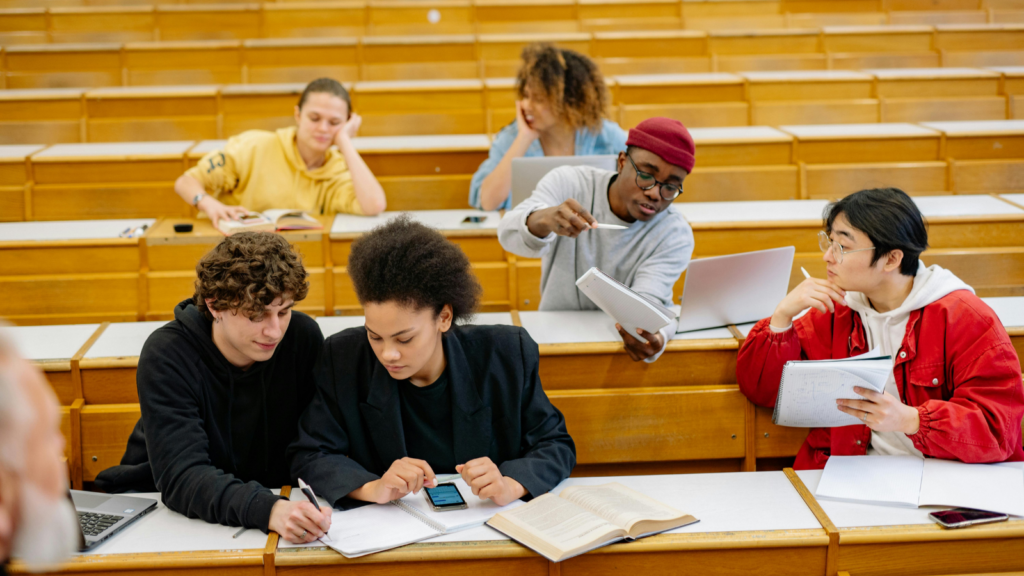Unlocking the secrets to effective learning isn’t as elusive as it may seem. It’s a journey that requires an understanding of the strategies that can transform the way we absorb, process, and retain information. This article delves into the world of effective learning strategies, offering insights into the techniques that can reshape anyone’s learning landscape.
Effective Learning Strategies

Examining effective learning strategies facilitates the essential reformation in an individual’s information absorption, processing, and retention abilities. Moving past rudimentary memorization, these strategies stimulate a profound comprehension of material, ensuring its long-term retention.
From students facing challenging subjects to professionals eyeing career progression, these methods boost learning efficacy significantly. This segment serves to elucidate, in detail, these potent teaching techniques, helping readers refine their learning approach.
Setting Achievable Learning Goals
Identifying Your Learning Objectives
Before embarking on any learning endeavor, it’s crucial to outline clear objectives. These guideposts provide a sense of direction and gauge progress. For instance, a student studying for a history test might set a specific objective to understand the causes and impacts of World War II. Similarly, a data analyst might aim to grasp the intricacies of a new analytical tool. Objectives vary, but their purpose remains the same: to provide explicit learning targets.
Creating a Structured Plan
Following objective identification, a learning plan serves as the roadmap. This plan determines the course of action, laying out what has to be done and when. For instance, a learner could plan to go through three chapters of a book each week or complete an online course module every two days. The learning plan might also include revision schedules, resting periods, and checkpoints for reflection on the learning progress. Through a structured plan, maintaining focus becomes manageable, progressing steadily towards the pre-set learning objectives.
Understanding Different Learning Styles
Visual Learning Techniques

Visual learners comprehend and remember information best when it’s presented in graphs, charts, or diagrams. Incorporating these components into learning materials helps visual learners better grasp the content. For example, in a statistics class, a chart depicting the correlation between two variables reinforces the concept more effectively for visual learners than mere textual explanation.
Teaching methods that suit visual learners are:
- Drawing diagrams to illustrate a concept. For instance, a flowchart can denote the lifecycle of a butterfly.
- Employing mind maps to explore connections between different ideas. For example, mind maps in a history lesson can link related events.
- Color-coding information to differentiate key themes. An instance could be using unique colors for different types of cells in a biology infographic.
Auditory Learning Approaches
Auditory learners excel when they listen to information. They favor verbal lectures, discussions, and audiobooks over reading text. For these learners, instructions or theories explained verbally embed deeper into their cognition.
Effective strategies for auditory learners include:

- Engaging in group discussions to debate on topics. For example, a brainstorming session about potential climate change solutions in an environmental science course.
- Using mnemonic devices to recall lengthy pieces of information. An instance might be creating a catchy song to remember the names of all U.S. presidents.
- Listening to recorded lectures multiple times. This happens in a language class, where repetition of a particular phrase in different accents facilitates understanding of regional variations.
These distinct learning styles underline the importance of personalized learning strategies. Catering to individual learning styles, through visual or auditory techniques, underpins effective comprehension, retention, and application of knowledge.
The World of Effective Learning Strategies
Effective learning strategies are more than just rote memorization. They’re about setting achievable learning goals and understanding individual learning styles. Visual learners thrive with diagrams and graphs, while auditory learners do well with verbal instructions. Tailoring teaching methods to these different styles can significantly enhance comprehension and retention. Using mind maps for visual learners and mnemonic devices for auditory learners are just examples of how this can be done. Therefore, it’s clear that personalized learning strategies based on individual styles are not just beneficial but crucial for successful knowledge acquisition. Remember: the key to effective learning lies in understanding and leveraging these unique learning styles.


